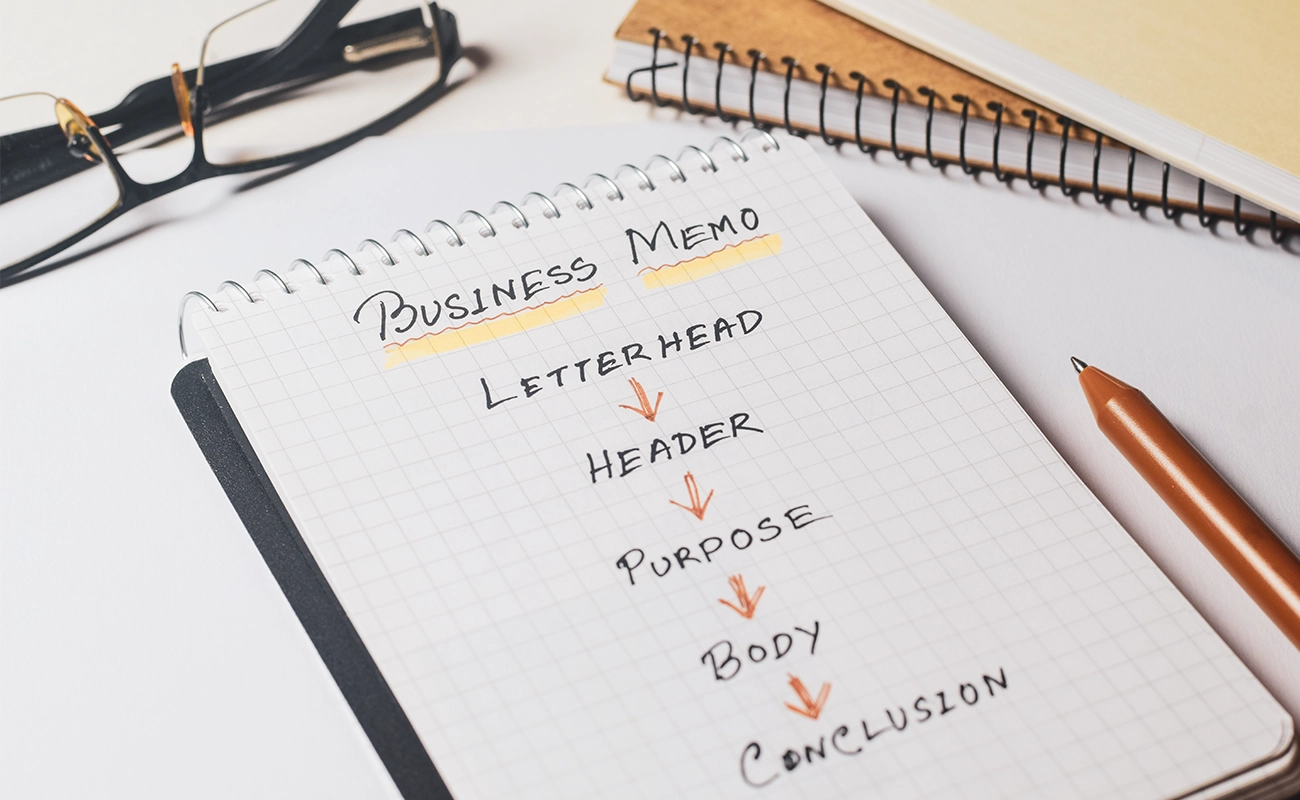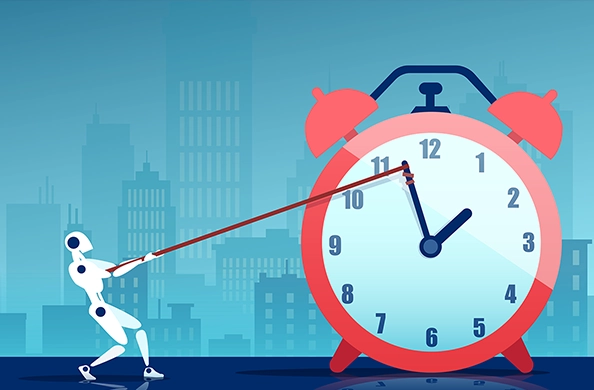Crafting a Perfect Legal Memorandum: Tips and Templates

A well-crafted legal memorandum is an essential tool for attorneys and legal professionals, serving as a detailed analysis of legal issues and providing clear recommendations. This blog will guide you through the process of crafting a perfect legal memorandum, offering tips and templates to help you create a document that is both comprehensive and effective.
What is a Legal Memorandum?
A legal memorandum is a formal document used to analyze and communicate legal issues and arguments. It typically includes:
- Facts: A summary of the relevant facts of the case.
- Issues: The legal questions that need to be addressed.
- Analysis: A detailed examination of the legal issues, including relevant laws, cases, and precedents.
- Conclusion: Recommendations based on the analysis, summarizing the potential outcomes or actions.
Tips for Crafting a Perfect Legal Memorandum:
- Understand Your Audience: Tailor your memorandum to the needs of your audience, whether it’s a supervising attorney, a client, or a court. Consider their level of legal knowledge and adjust the complexity of your analysis accordingly.
- Organize Clearly: Use a clear and logical structure to make your memorandum easy to follow. Typical sections include Introduction, Facts, Issues, Analysis, and Conclusion. Use headings and subheadings to enhance readability.
- Be Concise and Focused: While thoroughness is important, avoid unnecessary detail. Focus on relevant facts and legal arguments that directly address the issues at hand.
- Use Reliable Sources: Base your analysis on current and authoritative legal sources, such as statutes, case law, and legal commentaries. Ensure that your citations are accurate and properly formatted.
- Proofread and Edit: Carefully proofread your memorandum to correct any grammatical or typographical errors. Editing is crucial for ensuring clarity and precision in your writing.
Templates for Legal Memorandum:
Template 1: Basic Structure
[Your Name]
[Date]
[Recipient’s Name]
**RE: [Subject of the Memorandum]**
**Introduction:**
Briefly outline the purpose and scope of the memorandum.
**Facts:**
Summarize the relevant facts of the case or issue.
**Issues:**
Identify the legal questions or issues that the memorandum addresses.
**Analysis:**
Provide a detailed analysis of the issues, including relevant laws, case law, and other authorities.
**Conclusion:**
Summarize your findings and provide recommendations or conclusions based on your analysis.
**Attachments:**
List any attachments or supporting documents.
Template 2: Detailed Structure
[Your Name]
[Date]
[Recipient’s Name]
**Subject: [Title of the Memorandum]**
**I. Introduction**
- State the purpose of the memorandum.
- Brief overview of the issues to be addressed.
**II. Facts**
- Detailed summary of the facts relevant to the issue.
- Include dates, names, and other pertinent details.
**III. Issues**
- Clearly state the legal questions or issues.
- Number or bullet-point the issues for clarity.
**IV. Analysis**
- Analyze each issue separately.
- Discuss relevant statutes, case law, and legal principles.
- Apply the law to the facts of the case.
**V. Conclusion**
- Summarize your conclusions and recommendations.
- Provide a clear and actionable outcome based on the analysis.
**VI. Recommendations**
- Offer specific recommendations if applicable.
- Outline potential steps or actions.
**VII. Attachments**
- Include any relevant documents, case summaries, or evidence.
Crafting a perfect legal memorandum involves understanding your audience, organizing your content clearly, and providing a thorough yet concise analysis of legal issues. By following these tips and using the provided templates, you can create effective memorandums that support your legal practice and communication.
FAQs About Crafting a Legal Memorandum
- What is the purpose of a legal memorandum?
- How should I structure a legal memorandum?
- What should be included in the Analysis section of a legal memorandum?
- How do I ensure my legal memorandum is accurate and reliable?
- Can I use templates for legal memorandums?
- Why is proofreading important in crafting a legal memorandum?
A legal memorandum is used to analyze and communicate legal issues, providing a detailed examination of relevant laws, facts, and legal arguments to support conclusions and recommendations.
A typical legal memorandum includes an Introduction, Facts, Issues, Analysis, and Conclusion. Use headings and subheadings to organize content clearly.
The Analysis section should include a detailed examination of the legal issues, discussion of relevant laws and cases, and application of legal principles to the facts of the case.
Use reliable and current legal sources for your analysis, ensure accurate citations, and carefully proofread and edit your memorandum to avoid errors.
Yes, templates can help structure your memorandum effectively. Customize templates to fit the specific needs of your case or audience.
Proofreading ensures that your memorandum is free of grammatical and typographical errors, enhancing clarity and professionalism.




